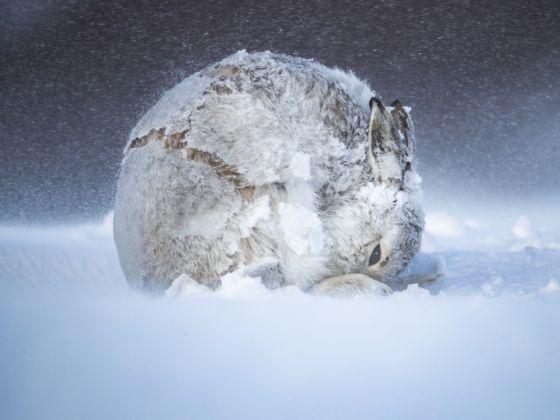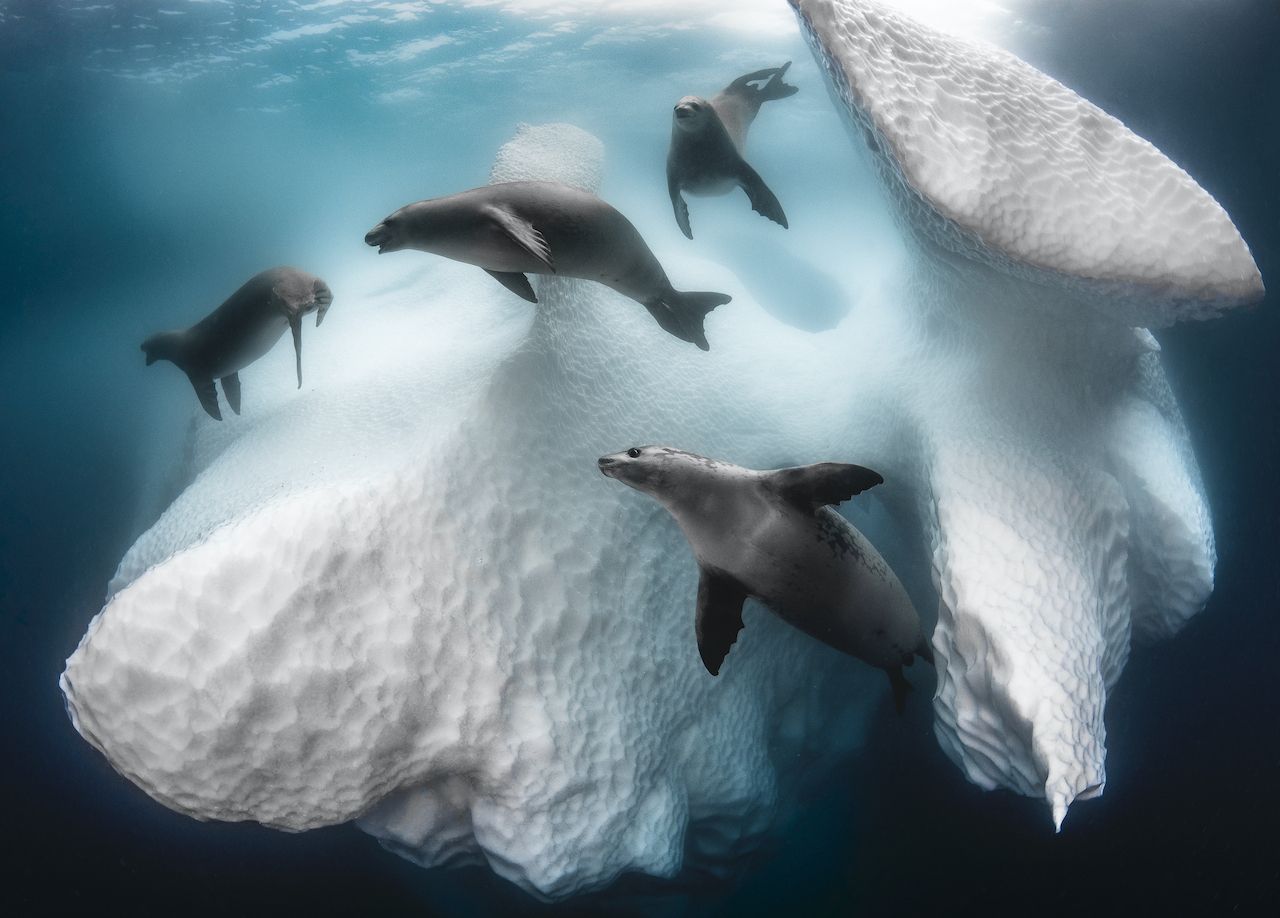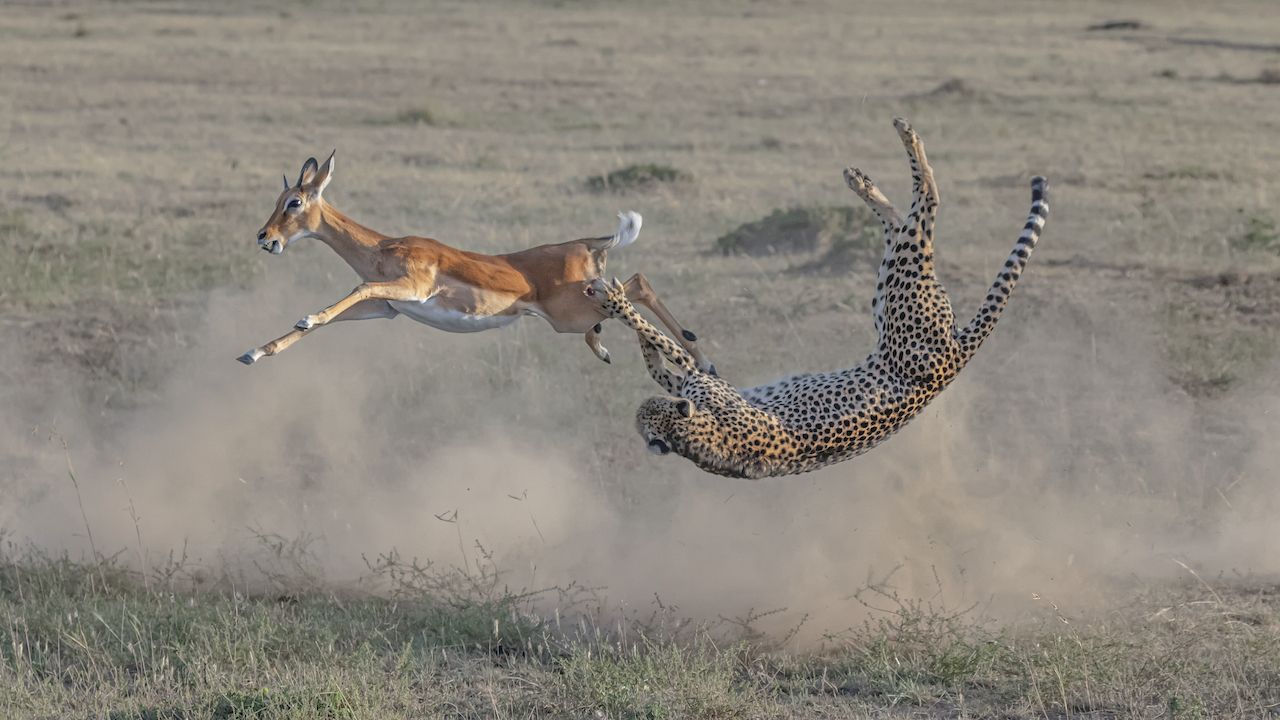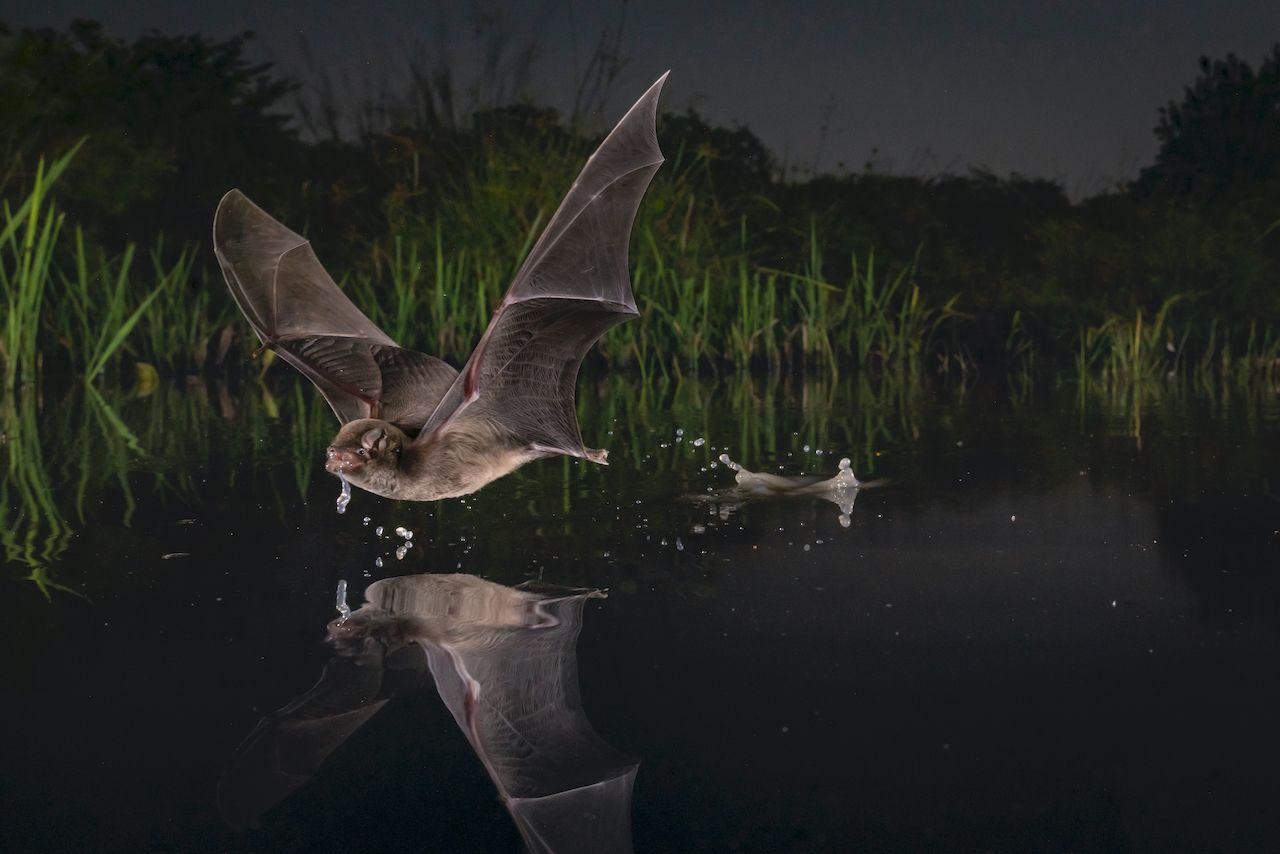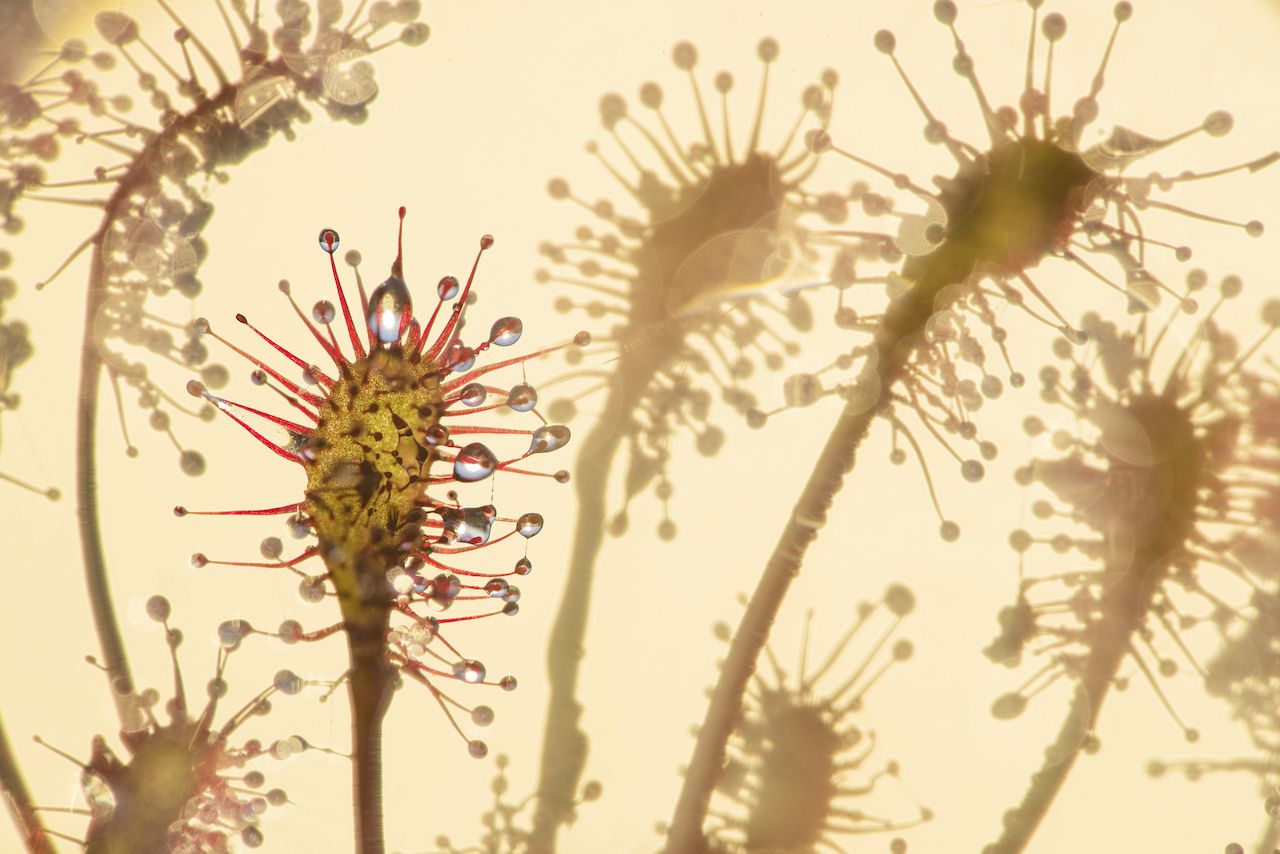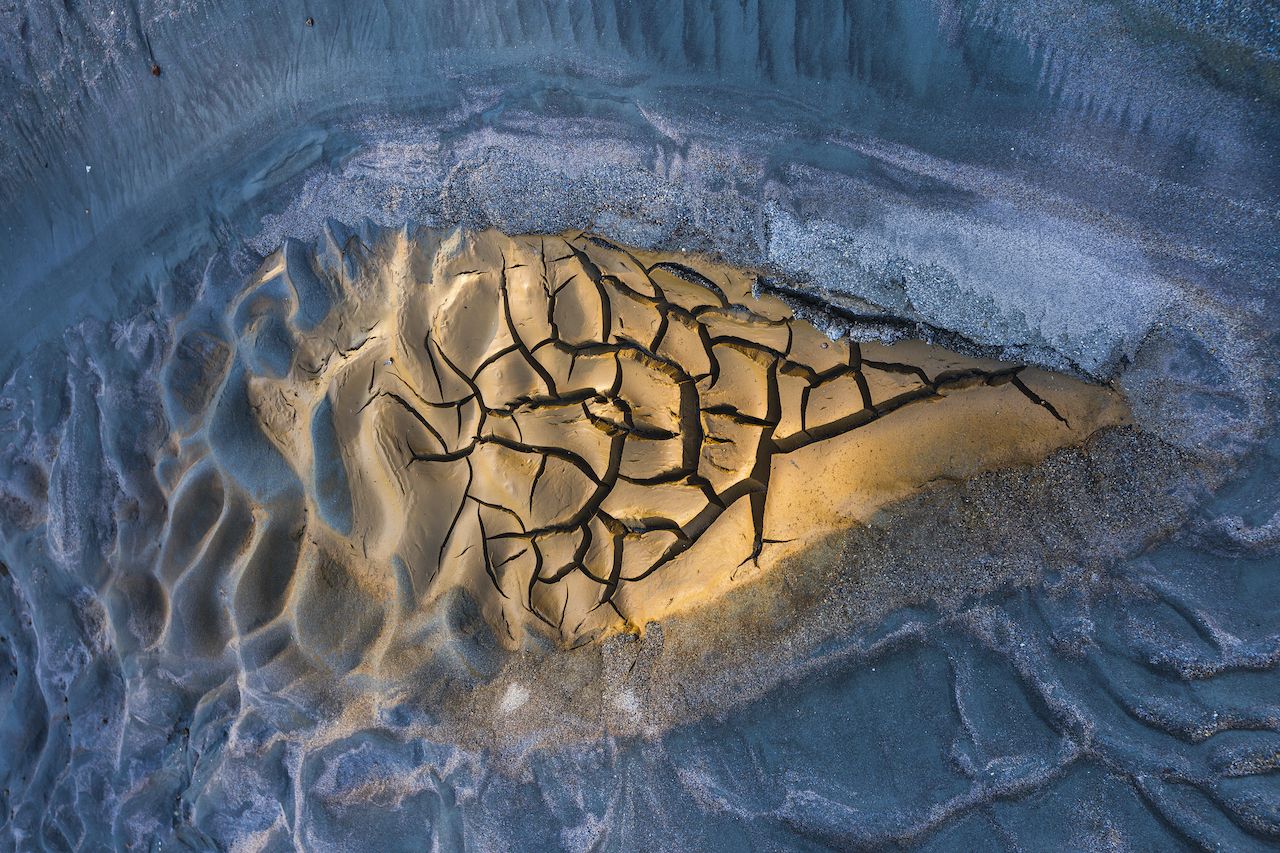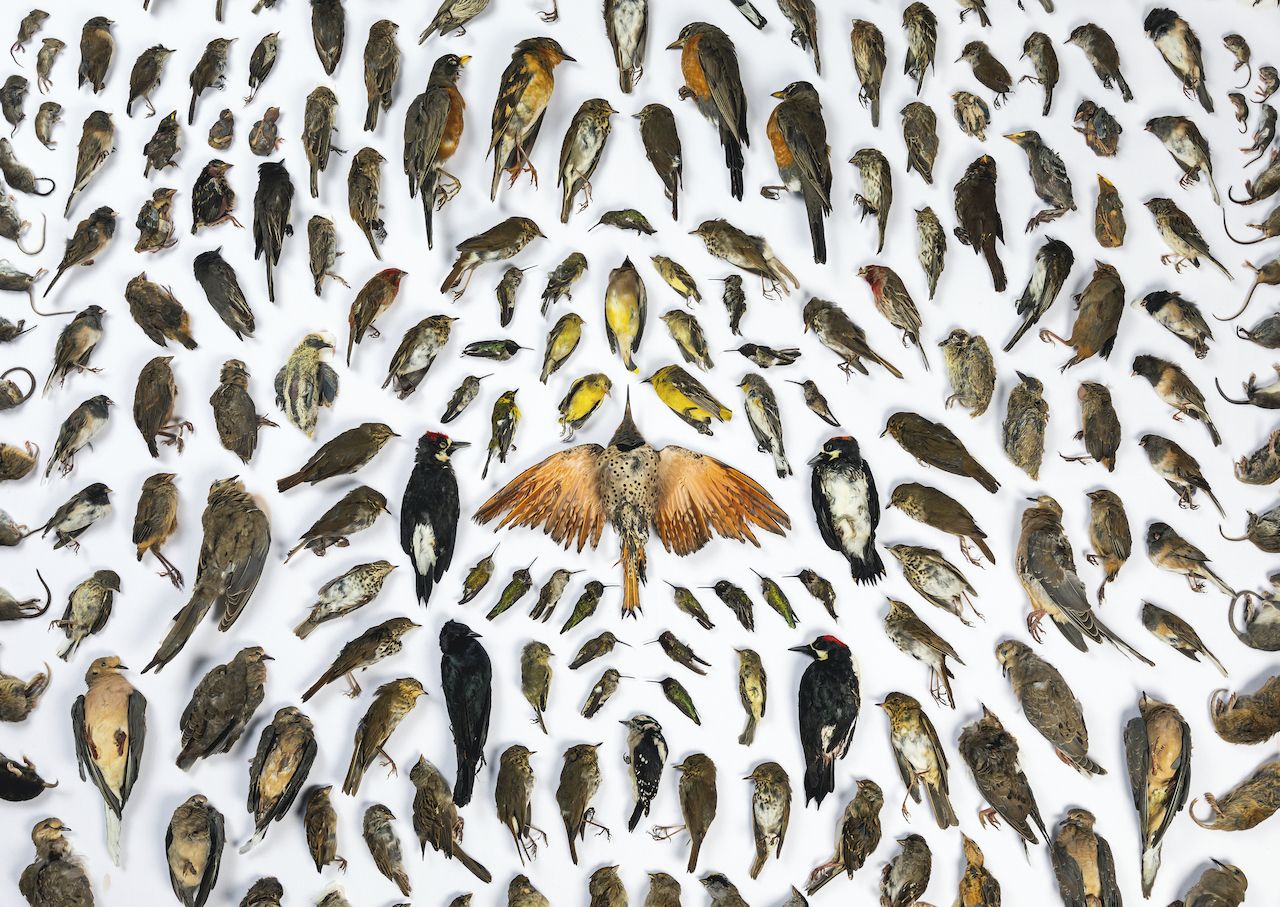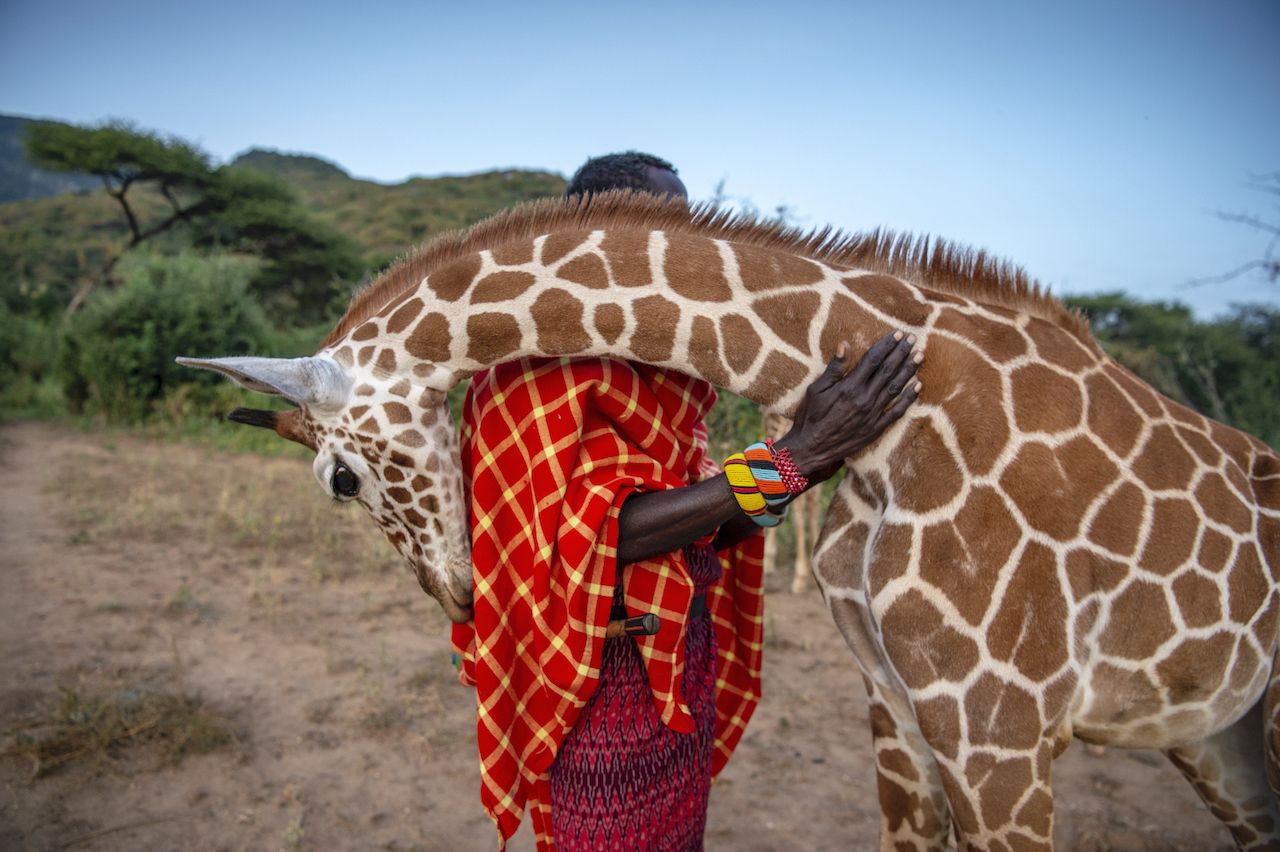Editor’s note: These images originally appeared on bioGraphic, an online magazine about science and sustainability and the official media sponsor for the California Academy of Sciences’ BigPicture: Natural World Photography Competition.
The BigPicture Natural World Competition has just revealed its 2020 winners, and they include some of the most stunning photographs you’ll ever see.
